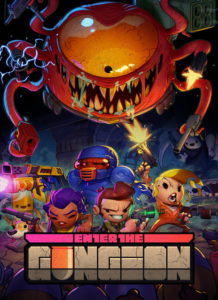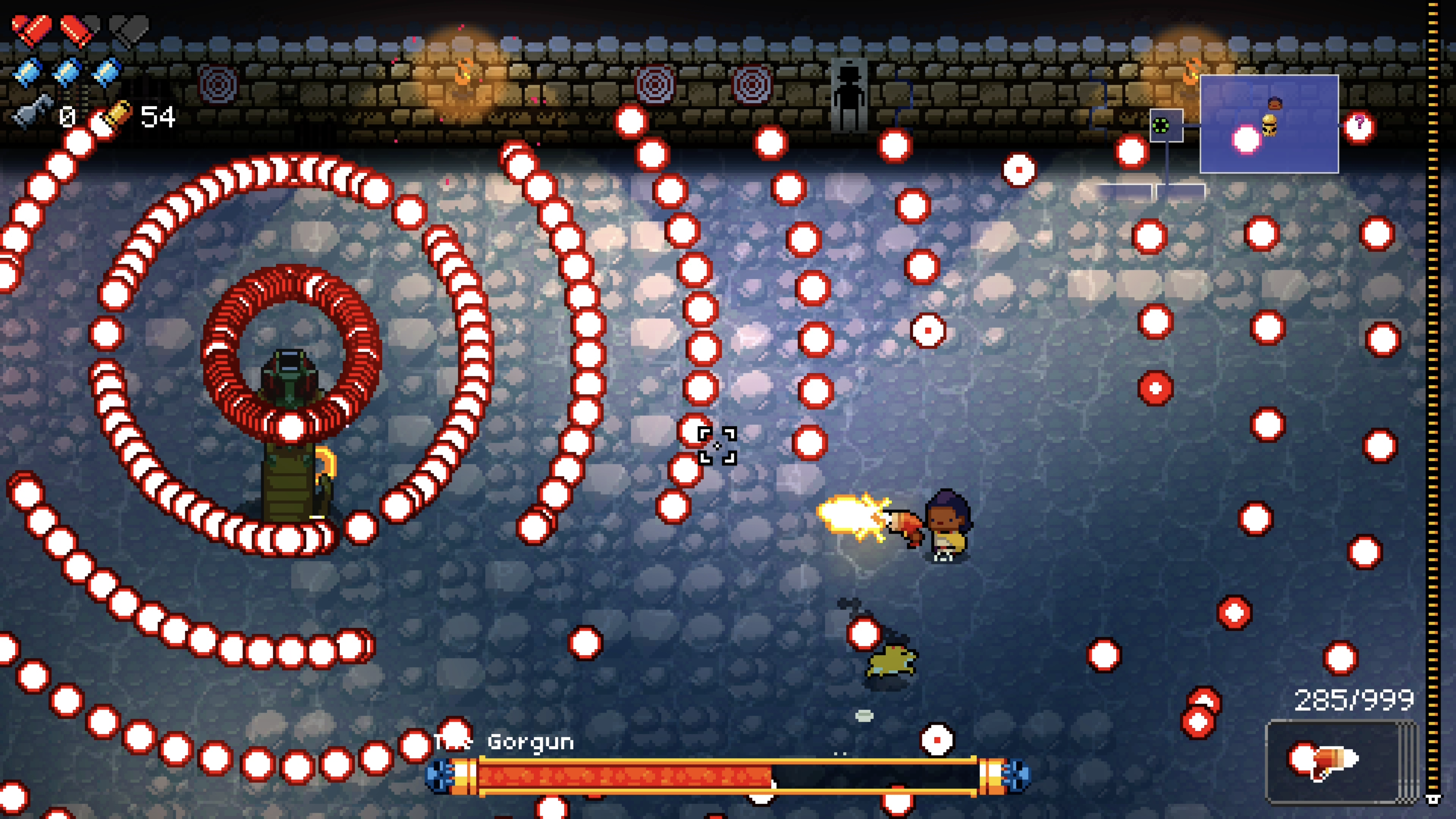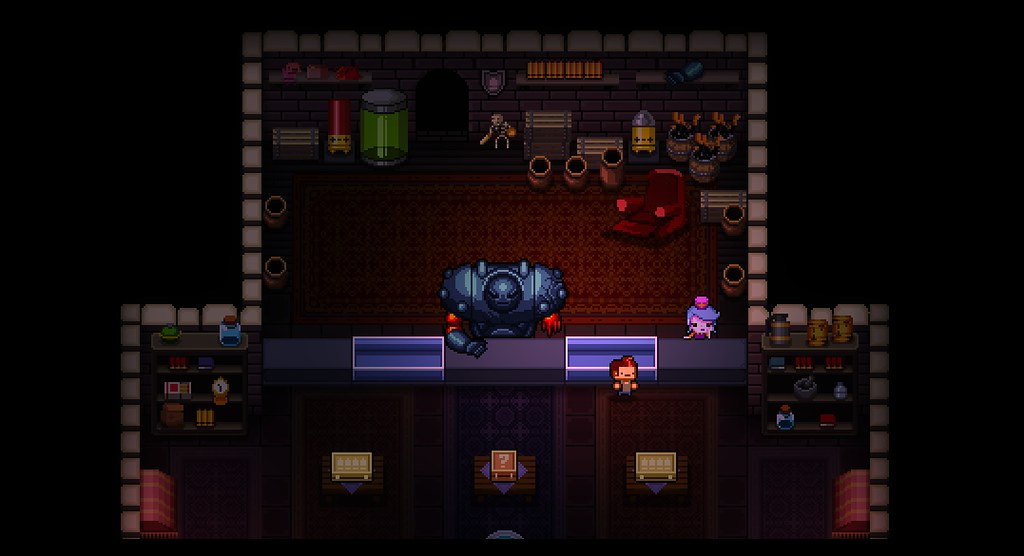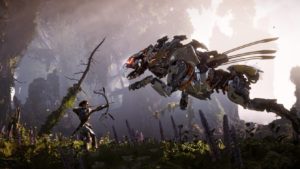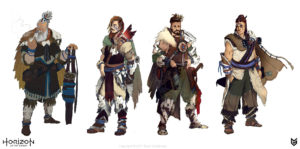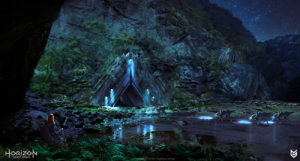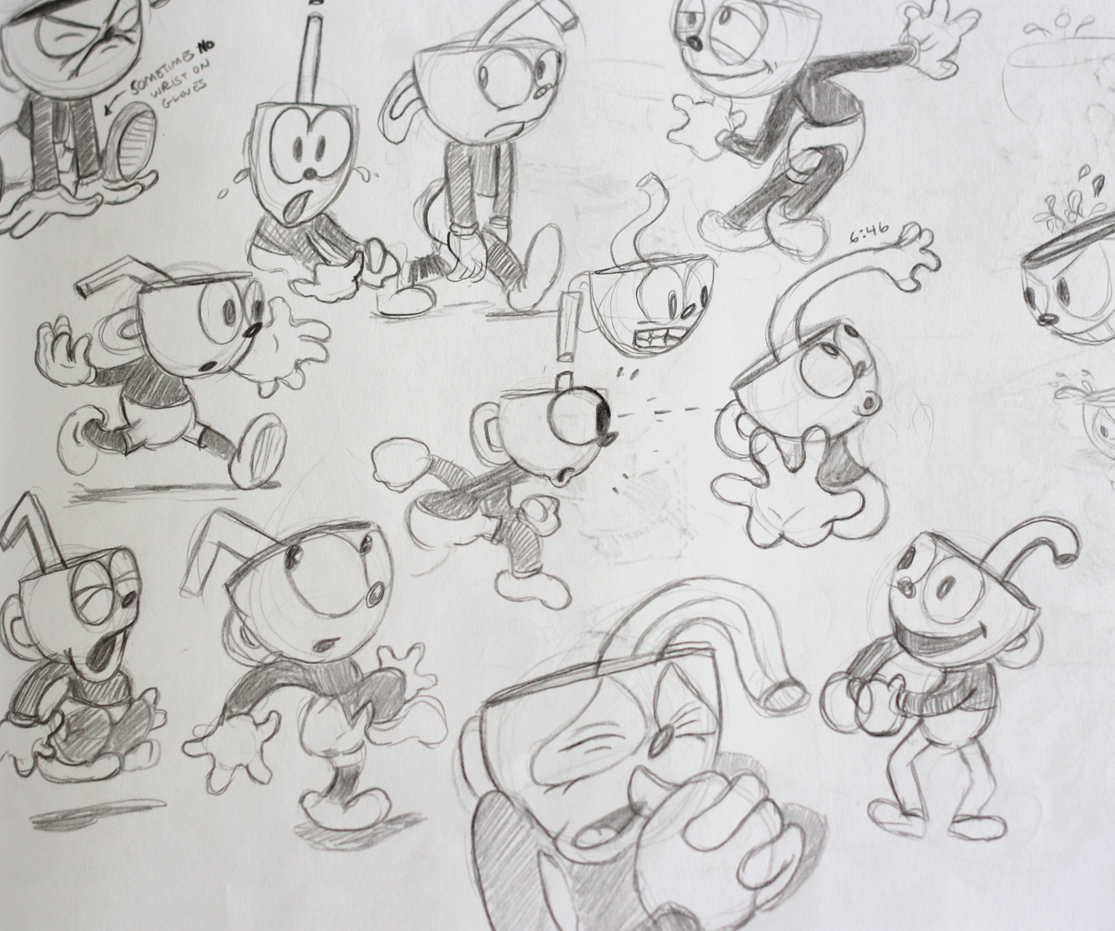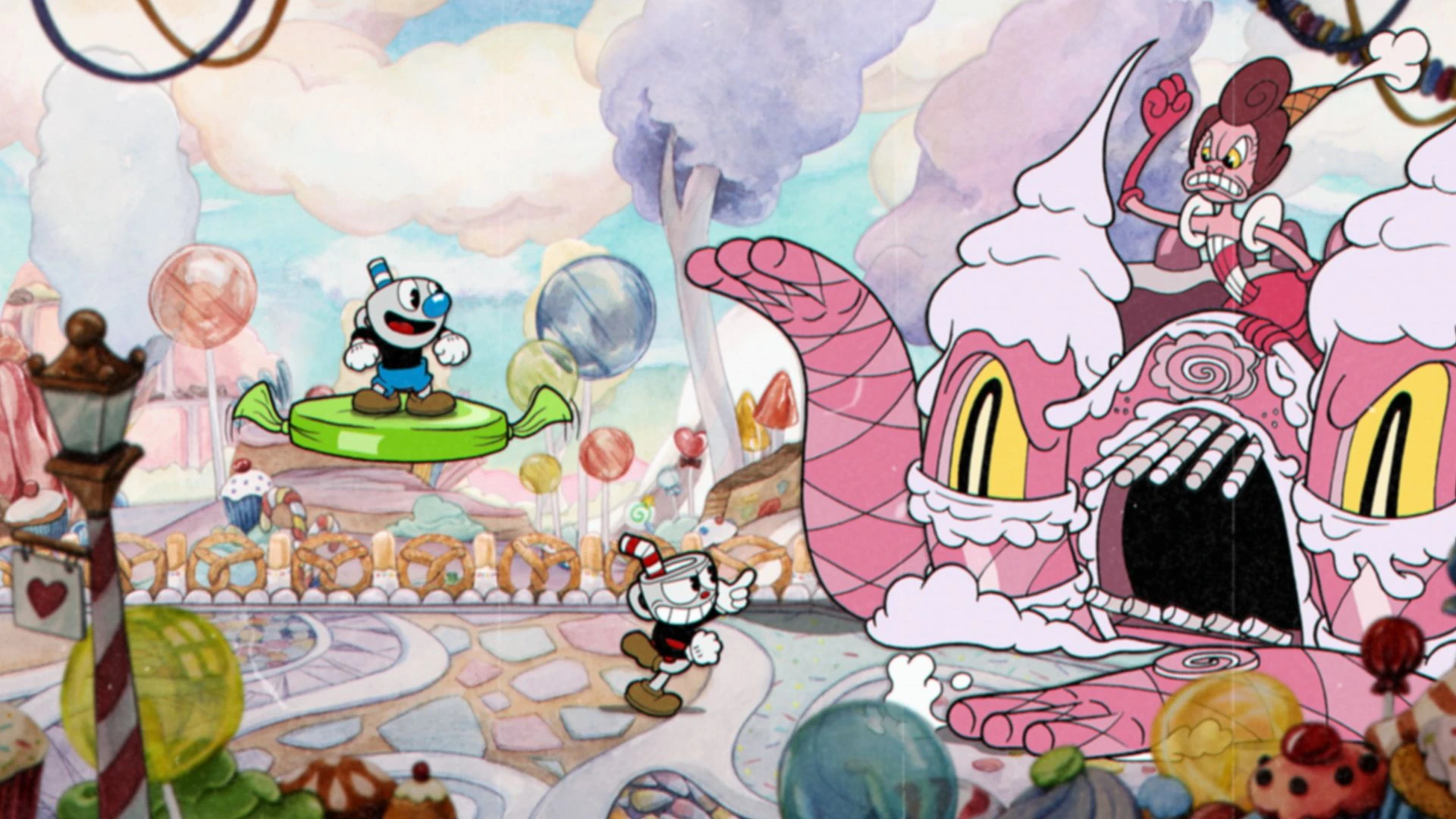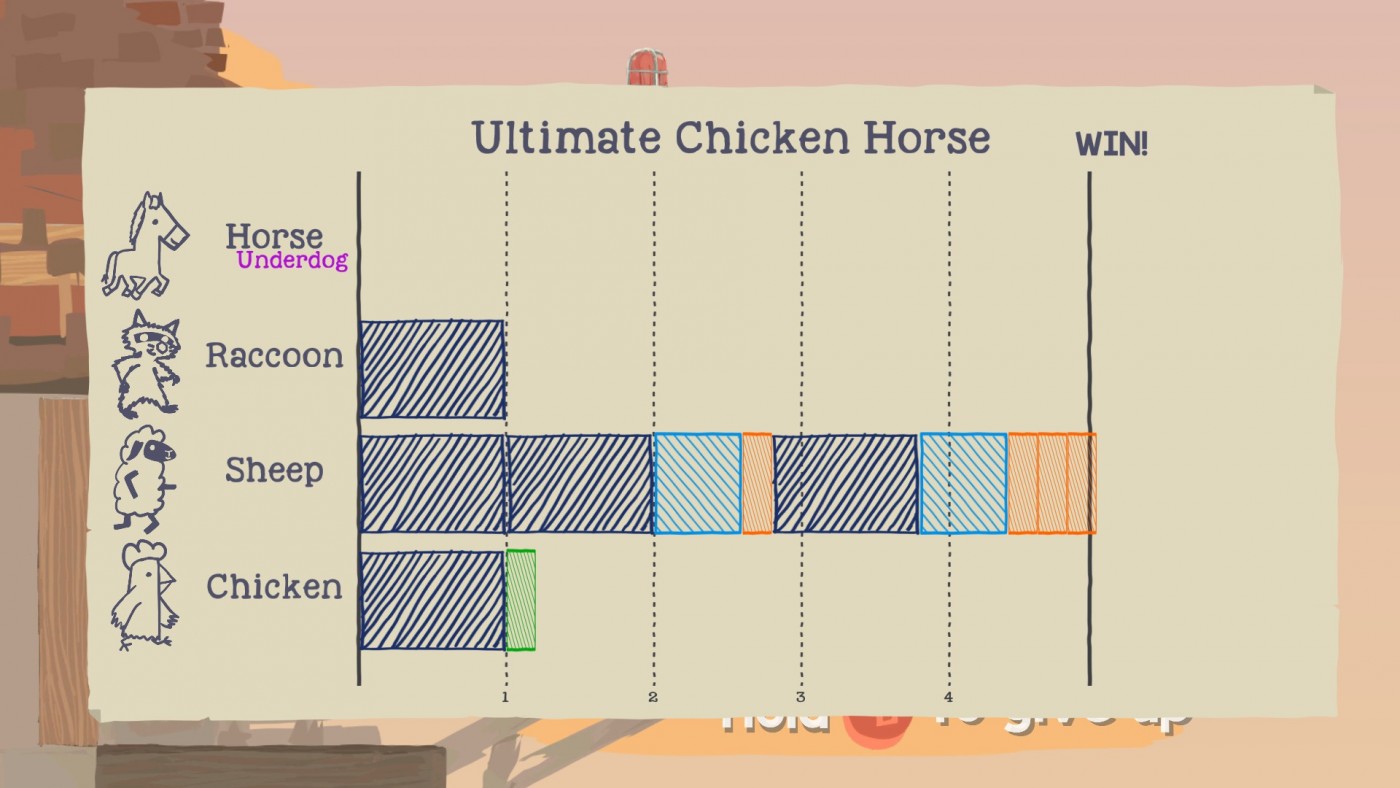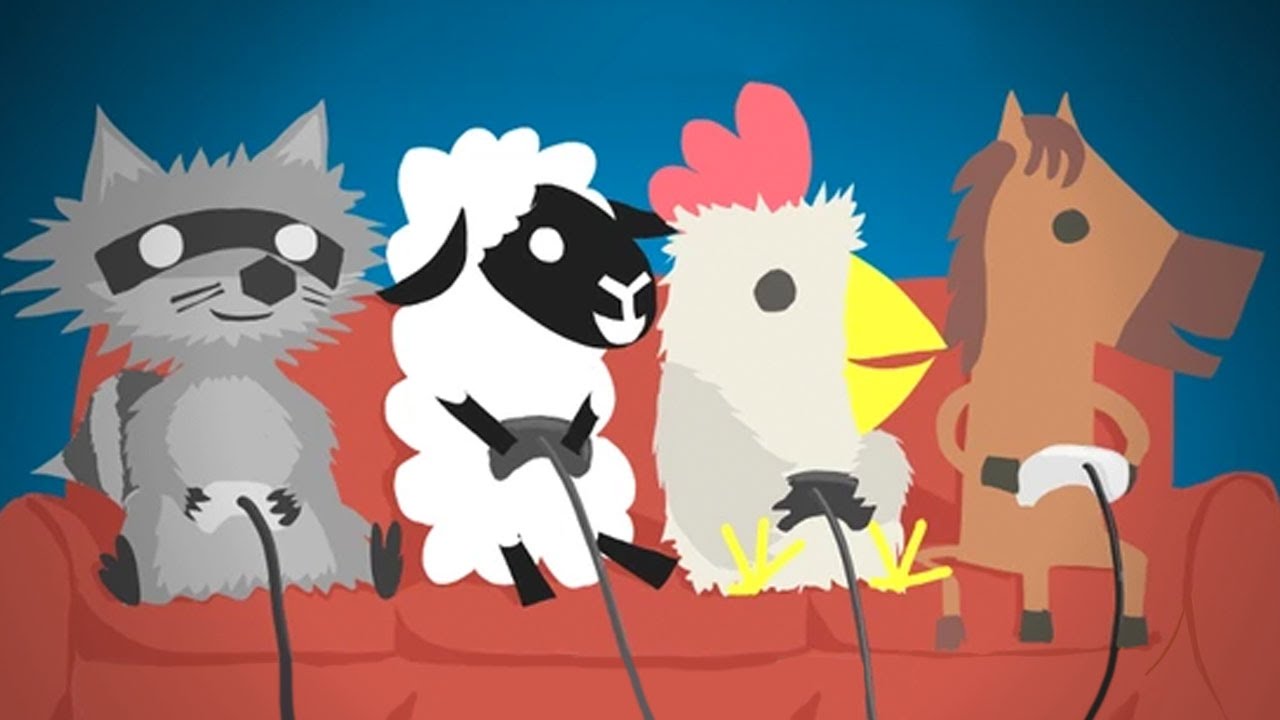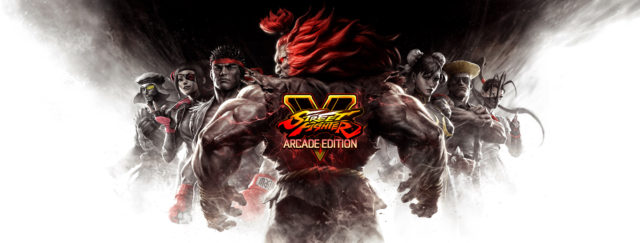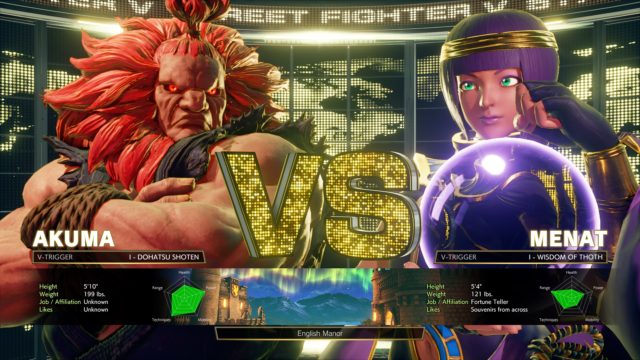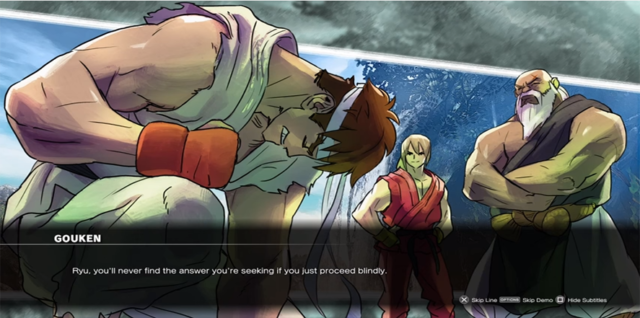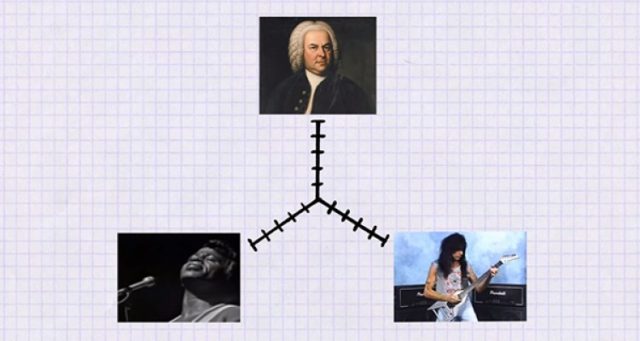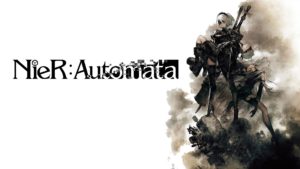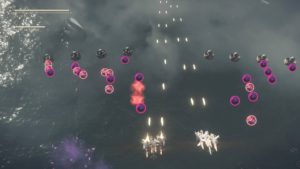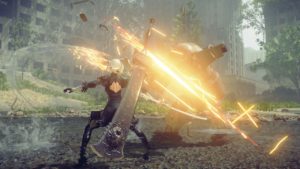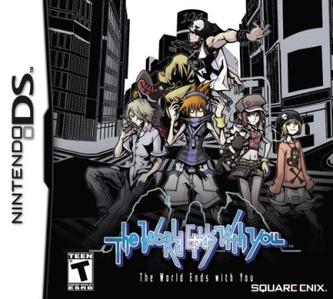West of Loathing is a 2018 IGF-nominated video game developed by Asymmetric Publications, LLC. Asymmetric is well-known for their still-ongoing online multiplayer RPG Kingdom of Loathing, which I’d be willing to bet that most people played in their earlier childhood.
Described by the developers as “a slapstick comedy stick-figure wild west adventure role-playing game”, West of Loathing marks the developers’ first release on the market and DRM, Steam, for PC/Mac/Linux. There are also iOS and Android versions in the works.
Website: http://westofloathing.com/
Lens of Elemental Tetrad:
Aesthetic: For people that are well-versed with Kingdom of Loathing, they will find the choice of graphic style incredibly similar. West of Loathing’s aesthetic is in a rather comical, hand-drawn 2D stick figure style. Who needs rich 3D graphics when well-done and somewhat comedic 2D stick figures or objects in simple black and white suffice?
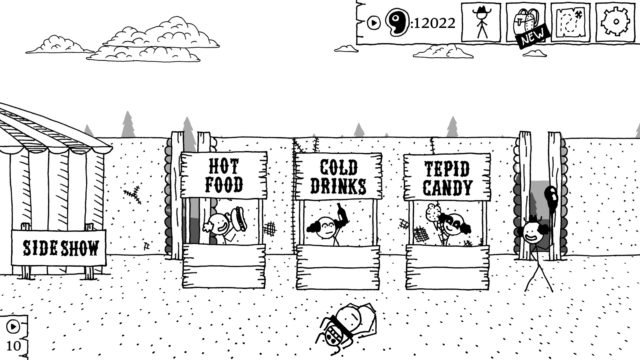
Oh yes, the game has an option for Stupid Walking. Which is a reference to a Monty Python sketch.
Amusingly enough, the game also (jokingly) offers a colour-blind option – and (slightly less jokingly) a sepia colour option later on when unlocked.
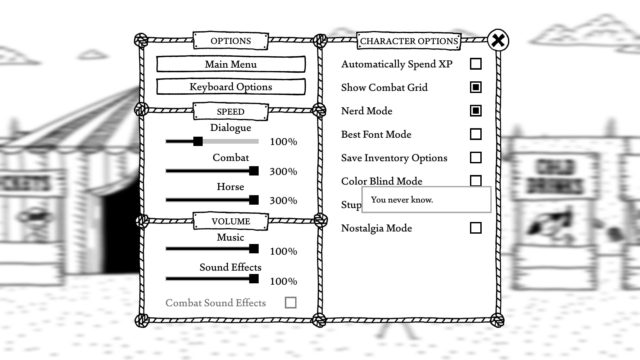
*snerk*
Technology: West of Loathing is built entirely in Unity – a popular choice of game engine that is frequently seen in today’s indie games. I did not experience any technical hiccups when playing – the engine used served its purpose pretty well.
Mechanics: Think of the gameplay as similar to Skyrim, but massively shrunk. West of Loathing features many explorable locations with various NPCs and dialogue options, a rich inventory and equipment system, and combat. Combat is JRPG-style where you and your opponents are on a grid, and you take turns depending on one of your main stats to attack the enemy, using either basic attacks, skills, or items. Unless you’re on the secret-ish hard mode, the combat is actually easy most of the time, but it does mean that you do focus your attention more on the humour and story…

This is actually from the endgame where you have a lot more stuff at your disposal. Obviously you start out with much less.
Story: The whole overarching plot is that you want to head out and explore the world, so you leave your family house and head West. There are a lot of sub-plots/quests littered throughout the game as well; chief among them being a part where you have hell cows warring against evil clowns. (No, I’m not making this up.) The outlandish approach to the game’s theme adds to the humourous and flippant nature of the game.
Lens of Problem Solving:
Besides combat, West of Loathing chiefly works on fetch quests. These take up most of the game. You talk to various NPCs here and there, and they ask you to head to other zones to find specific stuff for them. The problem solving aspect therefore lies in which dialogue options to pick, which areas to explore, and what to do with the items you have at your disposal in order to fulfill these quests.
A particularly neat problem that draws upon logic would be to form a reanimated buffalo skeleton to aid you in combat. Finding the bones is a simple matter, but the trick is to concoct a beaker of reanimating fluid – which comprises of 3 ingredients, in a very specific order. The player has to hide in a closet to listen out for which ingredient goes before which; any slip-up and they won’t have access to that companion in that particular save file.
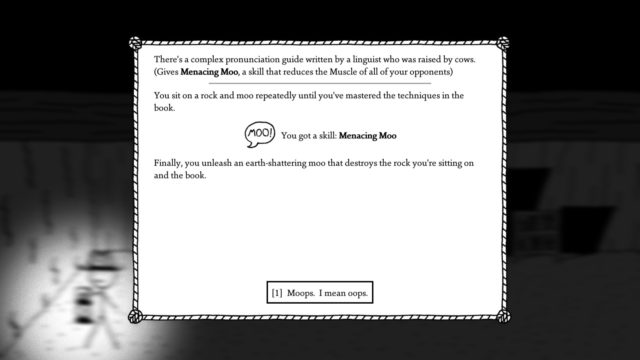
“Moops”.
Lens of Curiosity:
You only start out in a small town called Dirtwater. The player’s curiosity is piqued at that point; they explore and talk to all the NPCs, some giving quests that reveal new locations. Even travelling to other locations can also sometimes yield a new location to check out. At the end, the map gets filled with a lot of locations, each with their own quirks.

Honey, someone put Skyrim into the dryer!
Lens of Character:
All the features described above add to West of Loathing’s idiosyncratic style. From the quirkiness of the 2D stick figure artwork, to the inanity of the scenarios, to the side-splitting dialogue, West of Loathing is packed with tons of charm, wit, and laughter. While combat is arguably on the easy side and thus construed as a flaw, it is this easiness in combat that makes players focus more on the hilarity. West of Loathing is designed to give the player a good, fun, and enjoyable time, and I feel it has succeeded immensely in that regard.
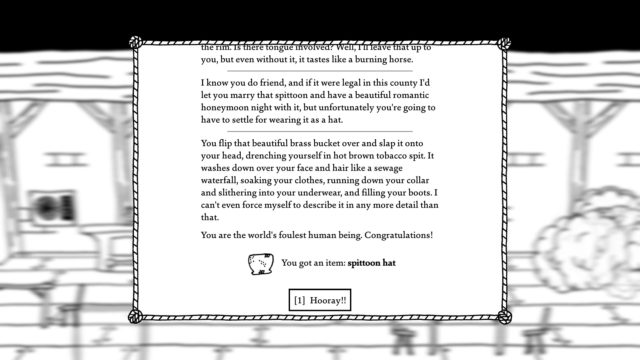
Diving into the dank, dirty spittoons for gross equipment is one of the best parts of the whole game.


